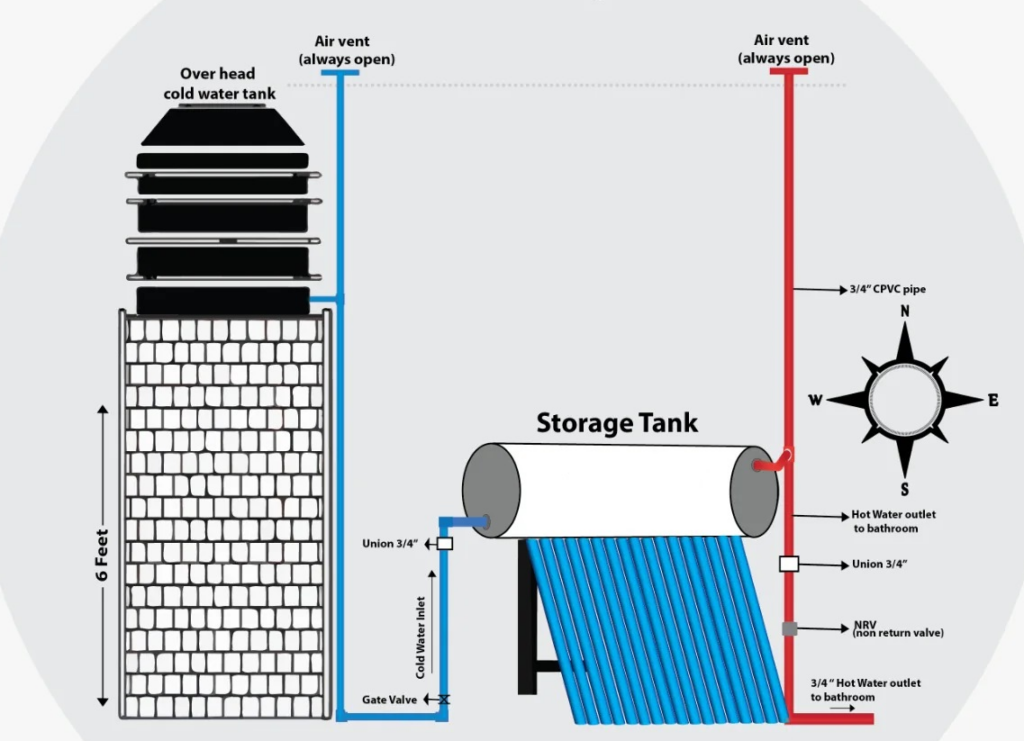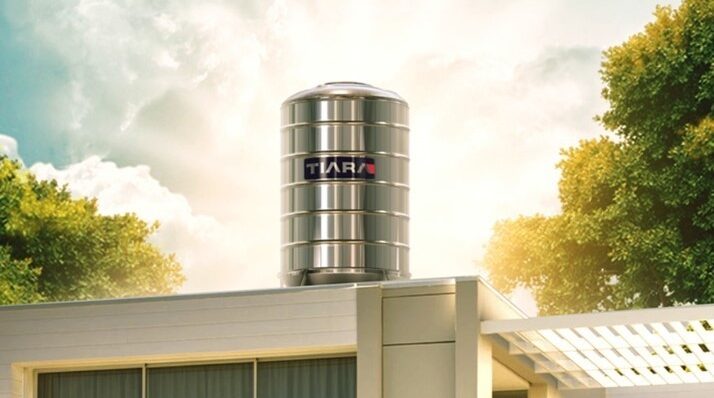
As the world shifts toward renewable energy sources, solar energy stands out as a sustainable option for various applications, including water heating. Utilizing solar energy to heat water not only reduces energy bills but also decreases reliance on fossil fuels. In this article, we will explore how to effectively use solar energy for heating water in stainless steel tanks.
Understanding Solar Water Heating Systems:
Solar water heating systems typically consist of two main components: solar collectors and storage tanks. The solar collectors absorb sunlight and convert it into heat, which is then transferred to the water stored in the tanks. When it comes to storage, stainless steel tanks offer several advantages, including durability, resistance to corrosion, and minimal maintenance requirements.
Types of Solar Collectors:
Flat-Plate Collectors: These are the most common type and consist of a flat, insulated box with a glass cover. They are suitable for moderate climates and can efficiently heat water when sunlight is available.
Evacuated Tube Collectors: These collectors contain rows of glass tubes that are highly efficient in capturing solar energy, making them ideal for colder climates or regions with less sunlight.
Integral Collector-Storage Systems: These systems combine the collector and storage tank into one unit, making them suitable for areas with mild climates.
Selecting the Right Stainless Steel Tank:
When choosing a stainless steel tank for solar water heating, consider the following factors:
Size: The tank size should be based on your household’s hot water needs. A typical family of four may require a tank with a capacity of 80-120 gallons.
Insulation: Look for tanks with high-quality insulation to minimize heat loss. This is particularly important for maintaining water temperature during cloudy days or nighttime.
Quality of Stainless Steel: Ensure that the tank is made from high-grade stainless steel to enhance durability and resistance to rust and corrosion.

Installation Process:
Site Assessment
Before installation, conduct a site assessment to determine the best location for the solar collectors. Ideally, they should face south (in the Northern Hemisphere) to maximize sun exposure.
Mounting the Collectors
Solar panels can be placed on rooftops or on the ground. Ensure they are securely fastened and positioned at an angle that captures the most sunlight throughout the year.
Connecting the System
Once the collectors are installed, connect them to the stainless steel tank. This typically involves plumbing connections that allow hot water to flow from the collectors into the tank and cold water to return to the collectors for heating.
Installing the Controls
Integrate a control system that monitors the temperature of the water in the tank and the solar collectors. This system can automate the heating process, ensuring that water is heated efficiently and only when necessary.
Maintenance Tips:
To ensure optimal performance and longevity of your solar water heating system, regular maintenance is essential:
Inspect Collectors: Check for debris or dirt on the surface of the solar collectors, as this can hinder their efficiency. Clean them as needed.
Check for Leaks: Periodically inspect plumbing connections for any signs of leaks. Make sure to address any issues promptly to prevent water damage.
Monitor Performance: Keep an eye on the system’s performance and temperature readings. If you notice significant drops in efficiency, consult a professional for troubleshooting.
Conclusion:
Using solar energy for water heating in stainless steel tanks is an effective and environmentally friendly solution that can provide significant cost savings. With the right system, proper installation, and regular maintenance, homeowners can enjoy reliable hot water while contributing to a more sustainable future. Embracing solar technology not only enhances energy efficiency but also promotes a greener lifestyle, making it a worthwhile investment for any household.


